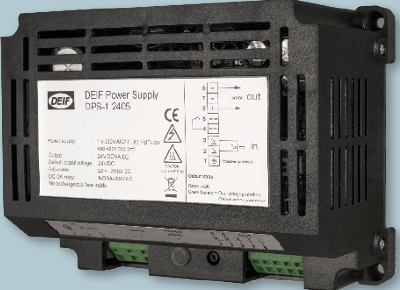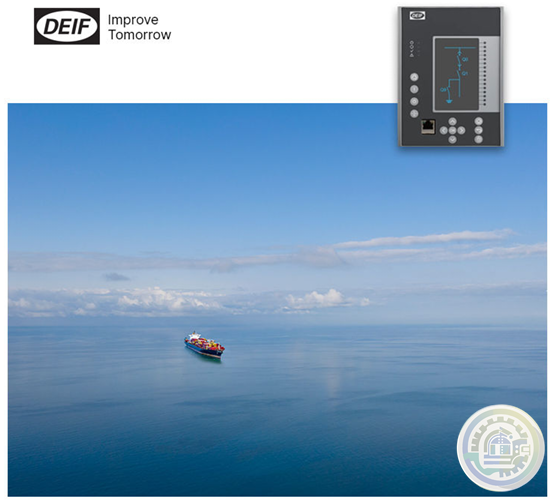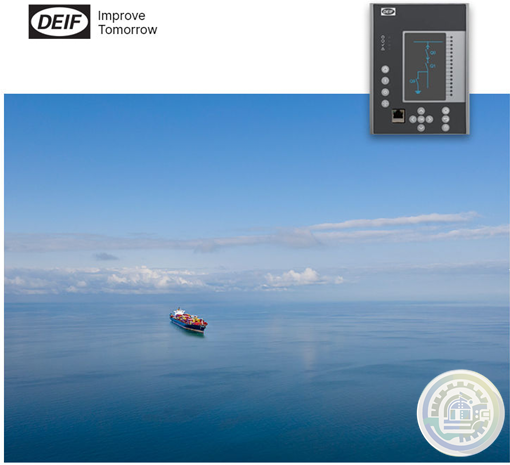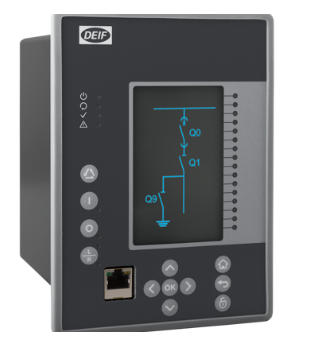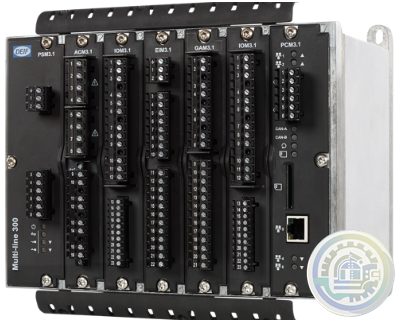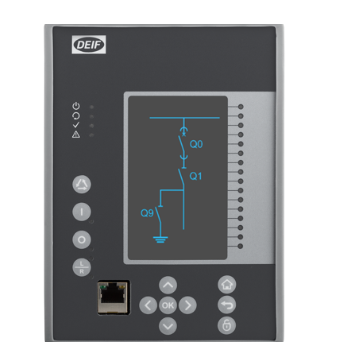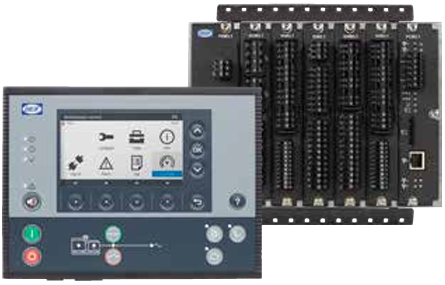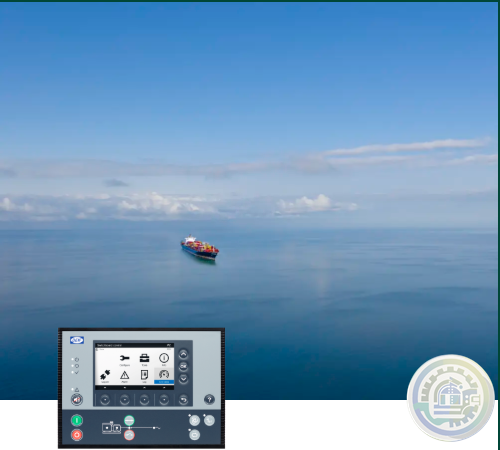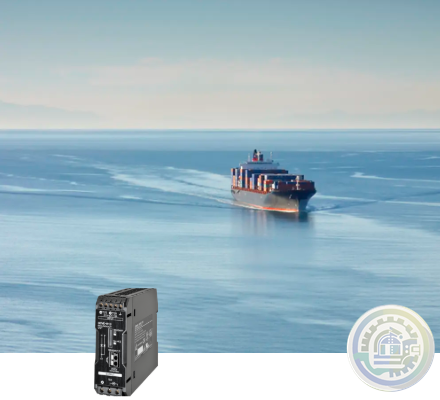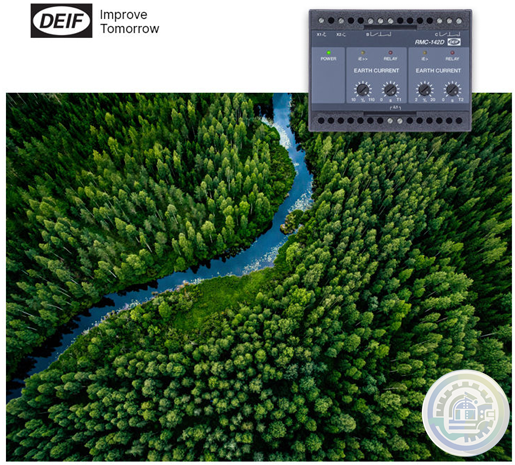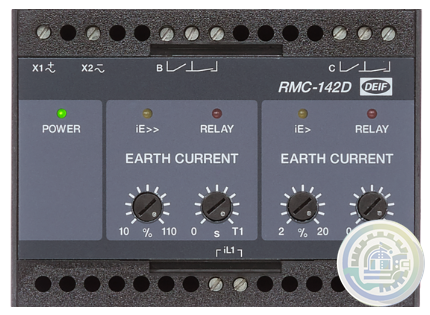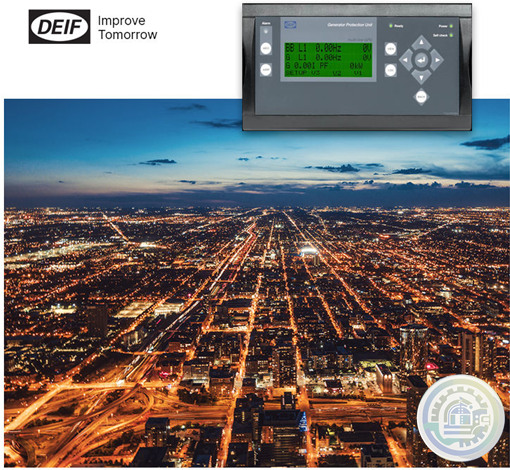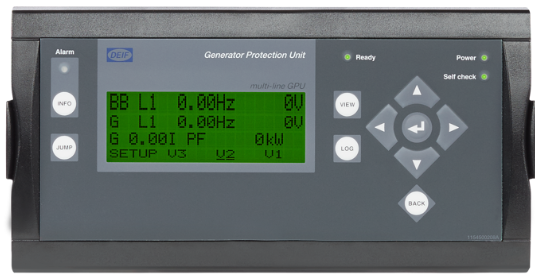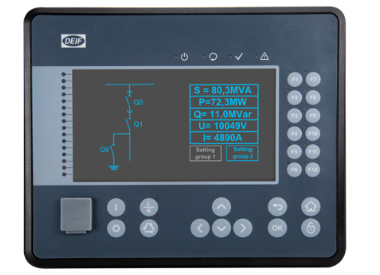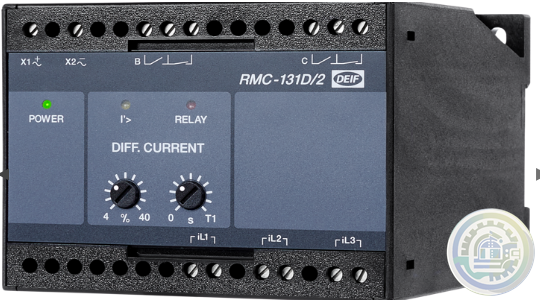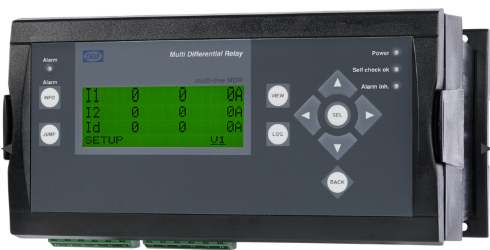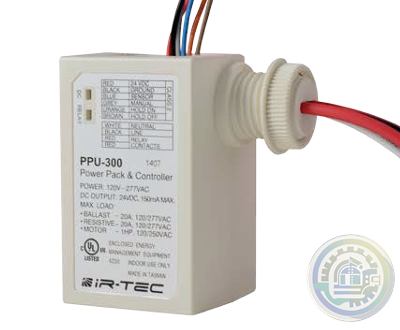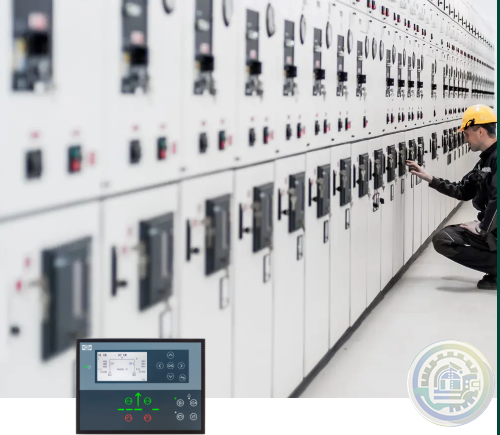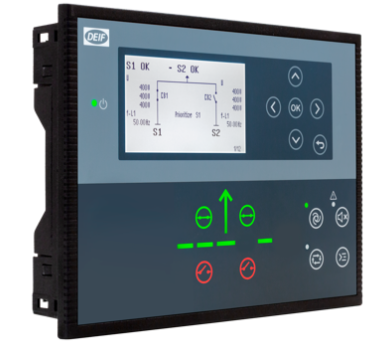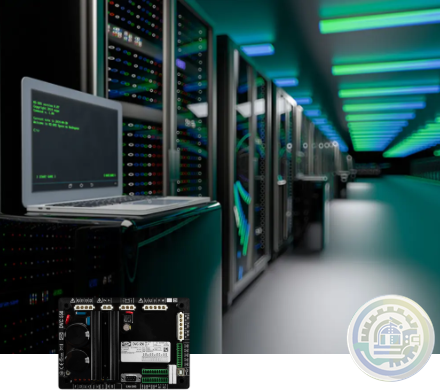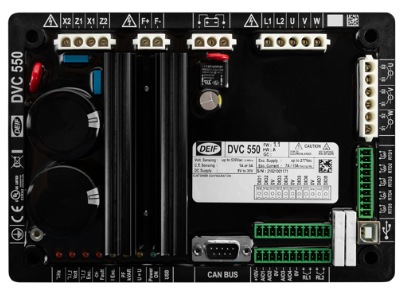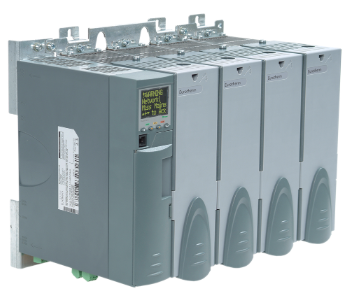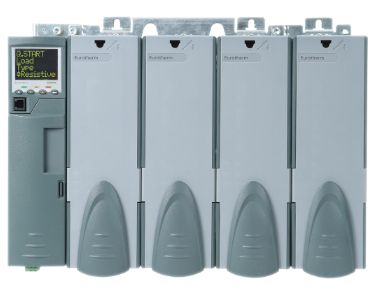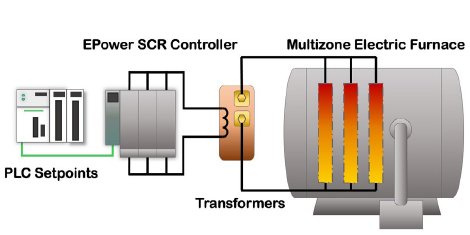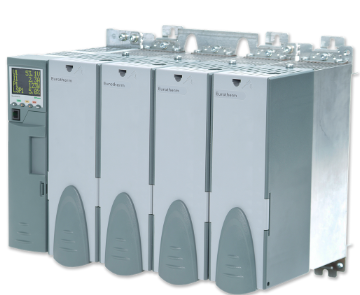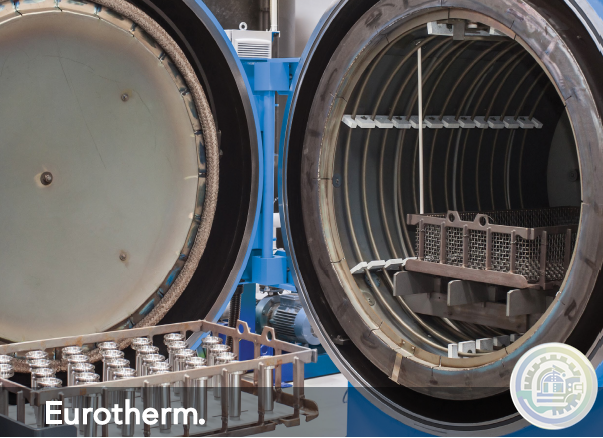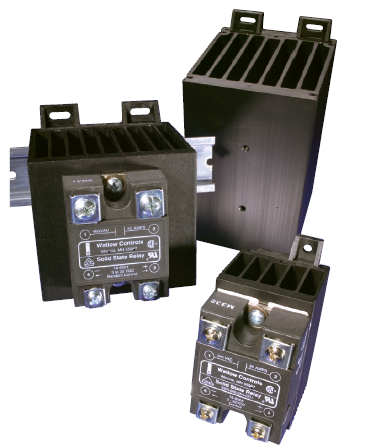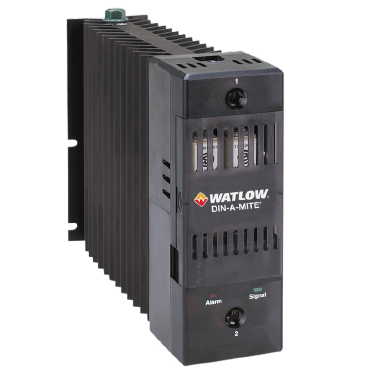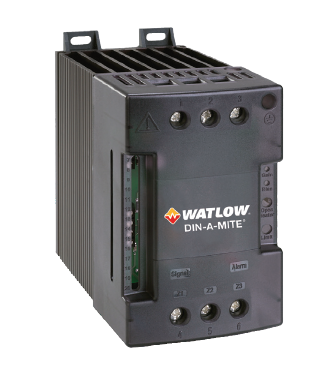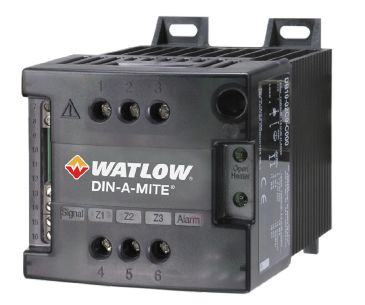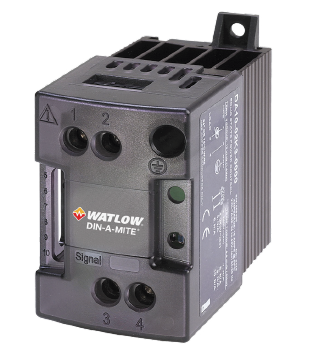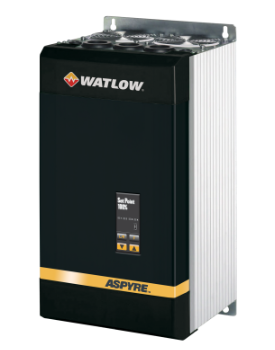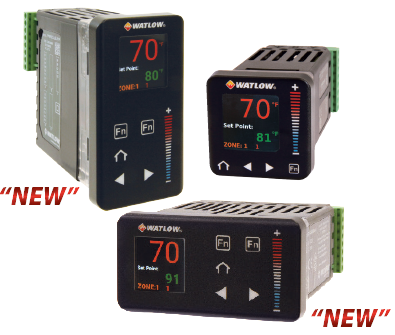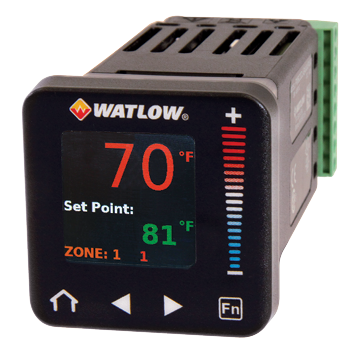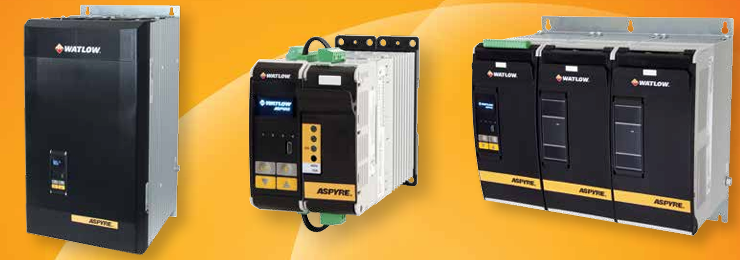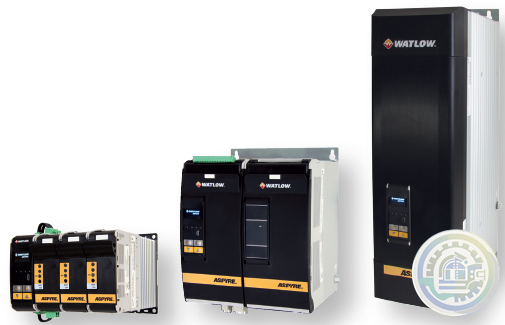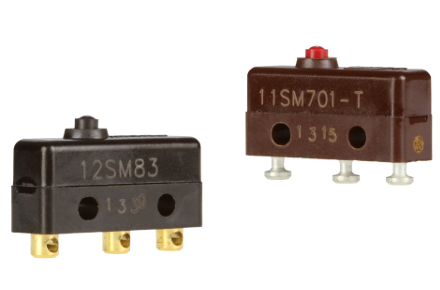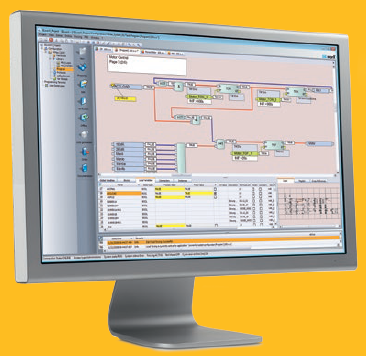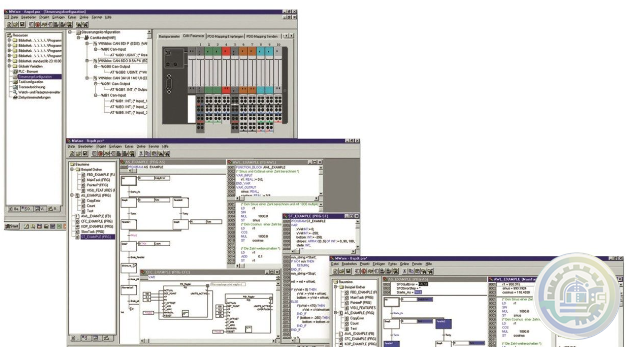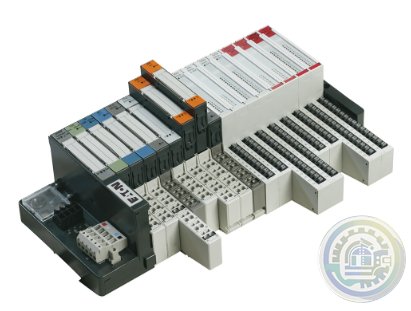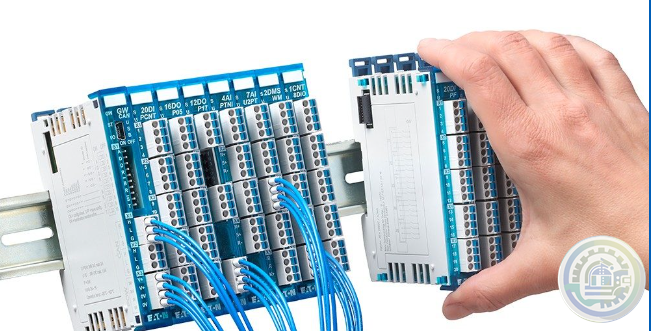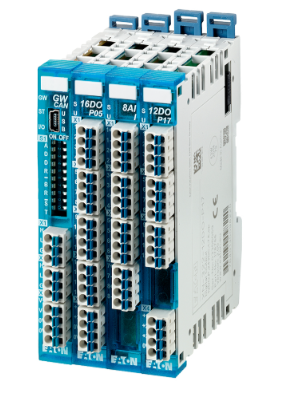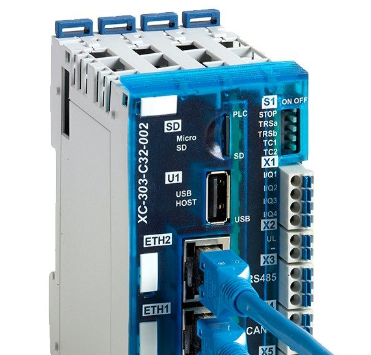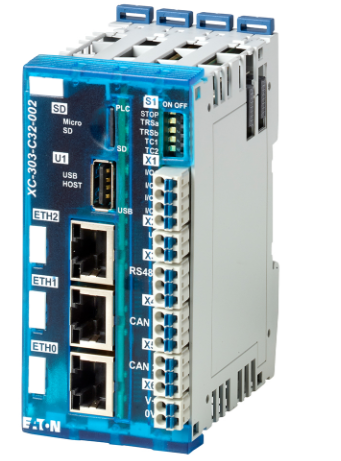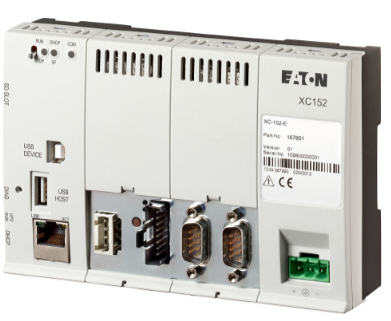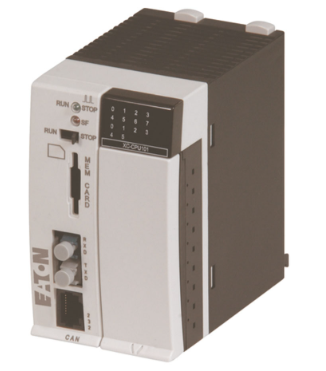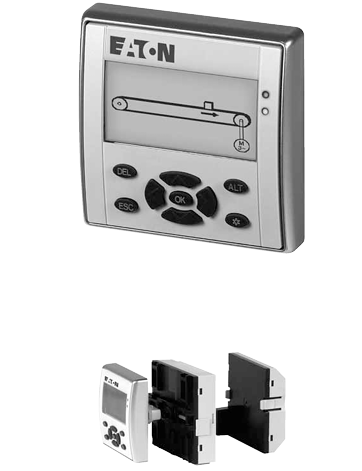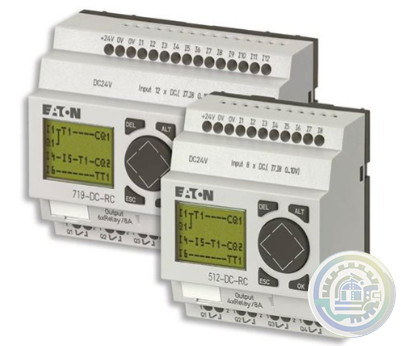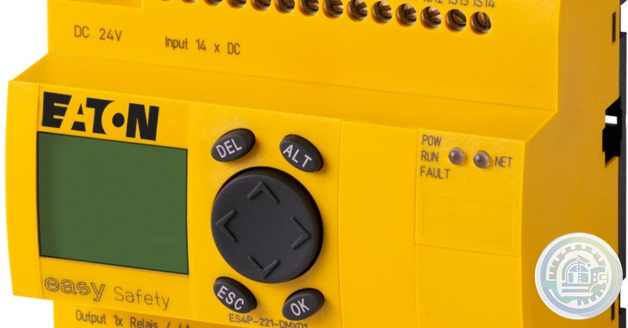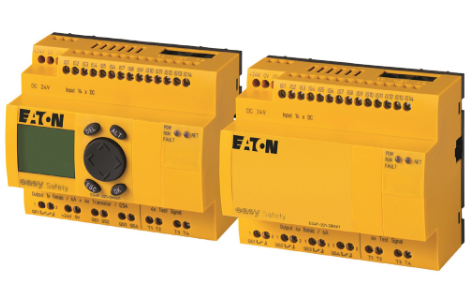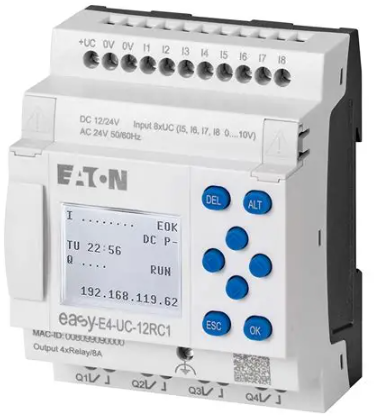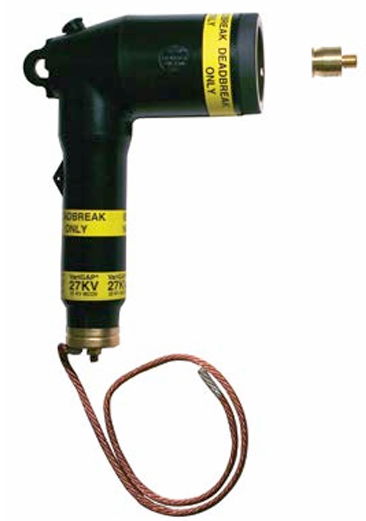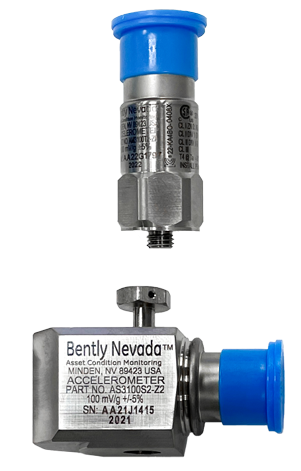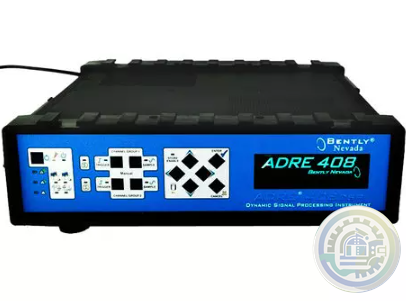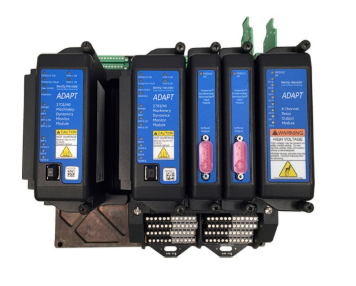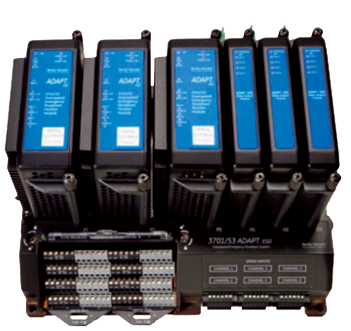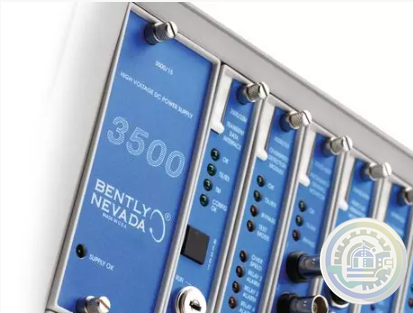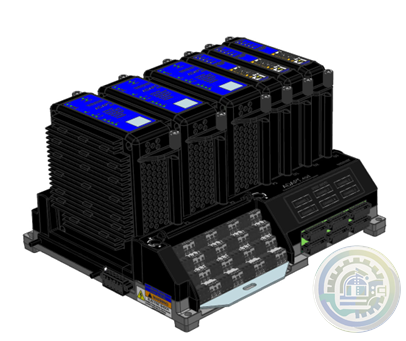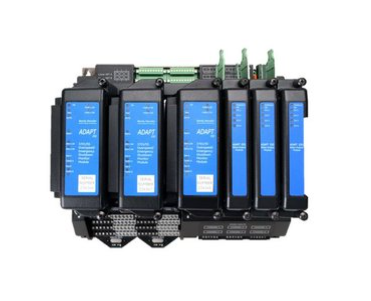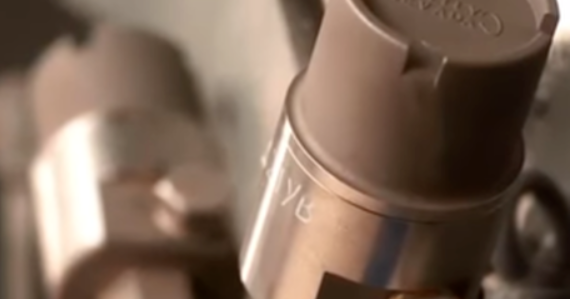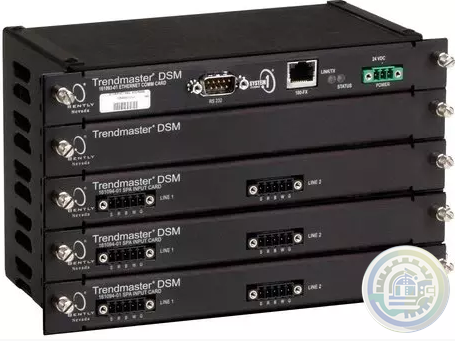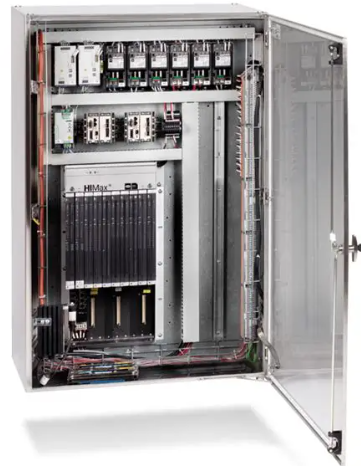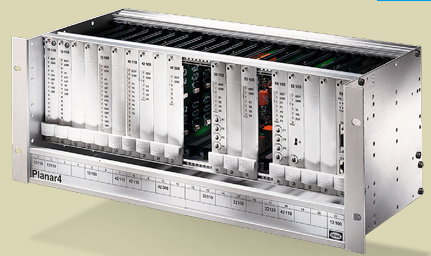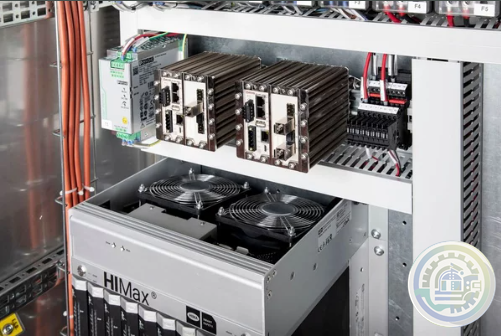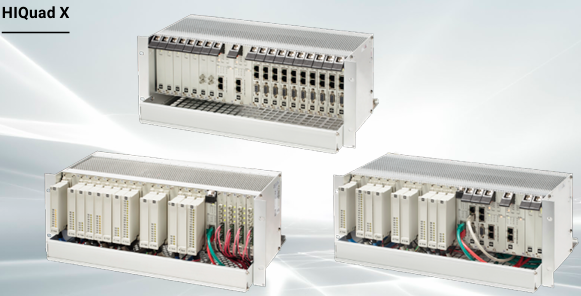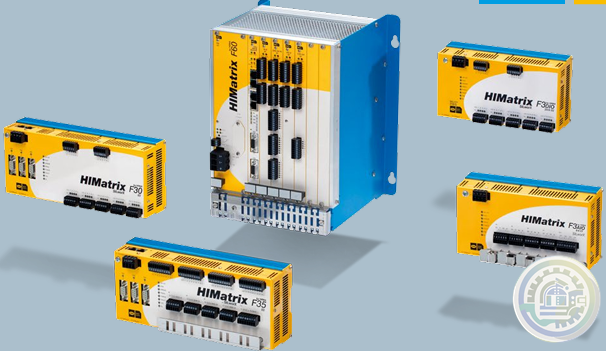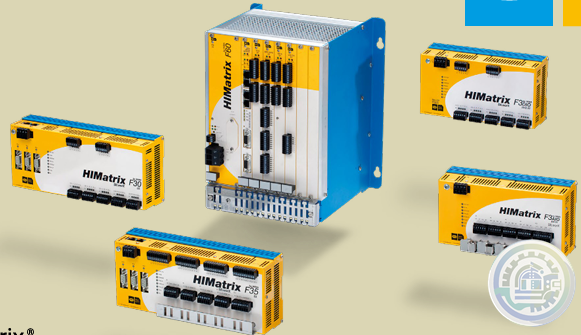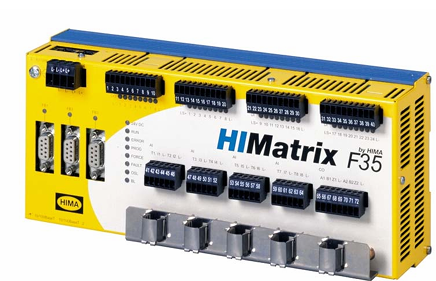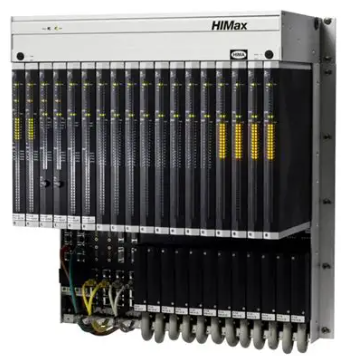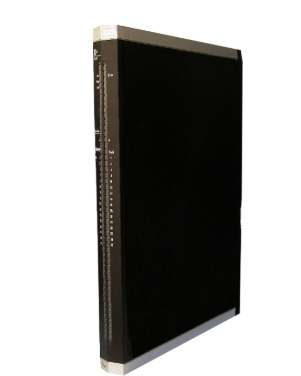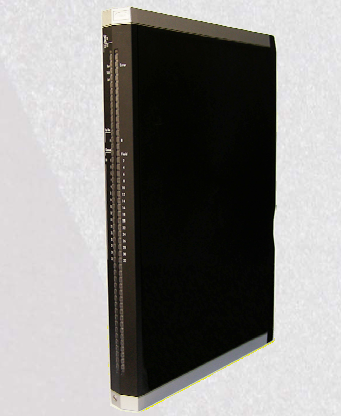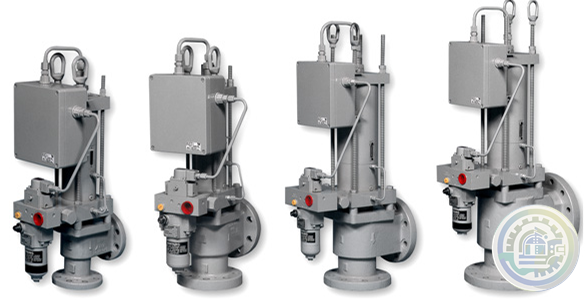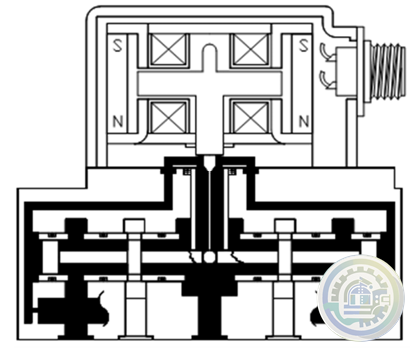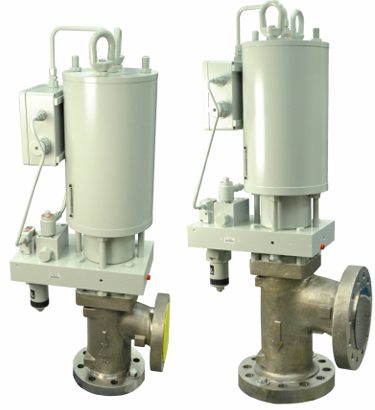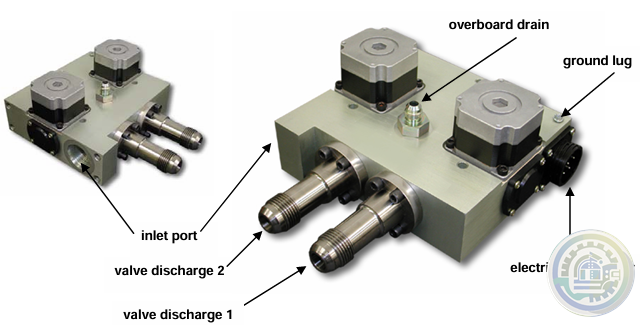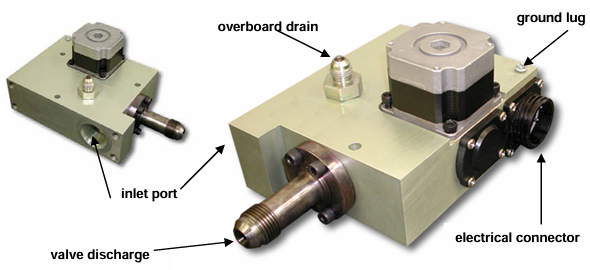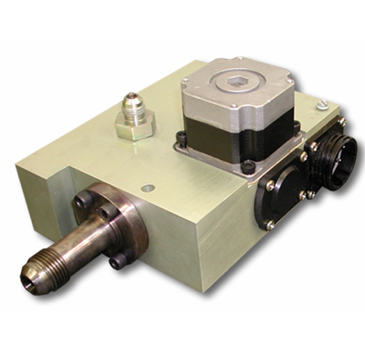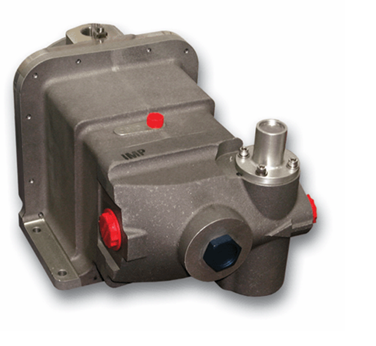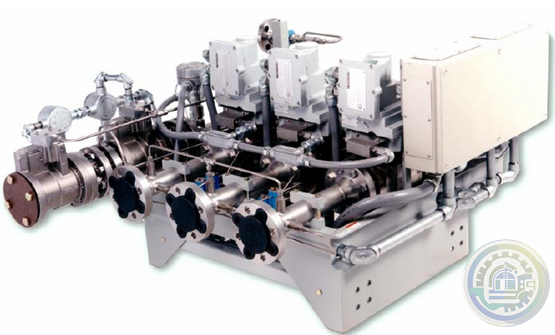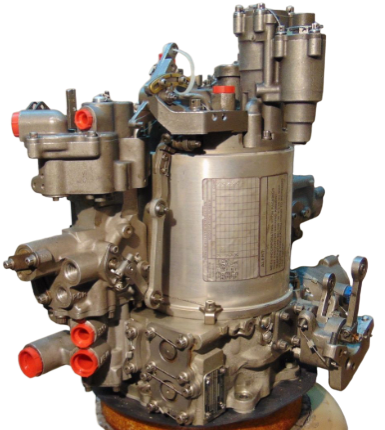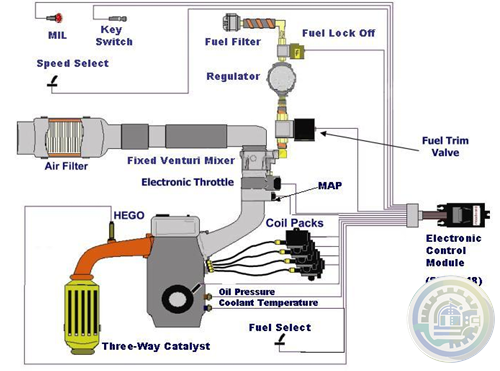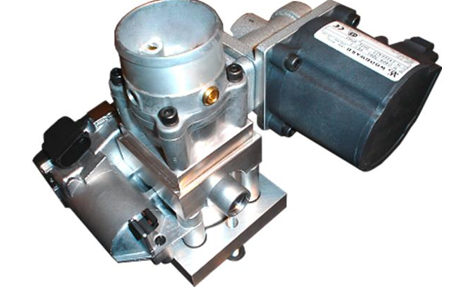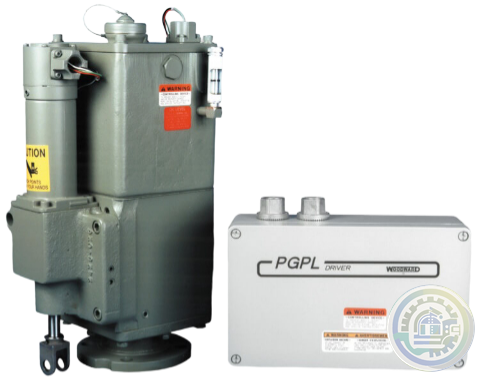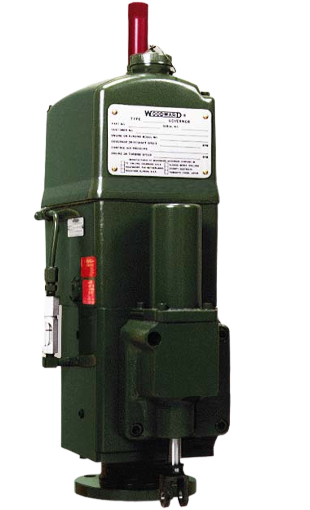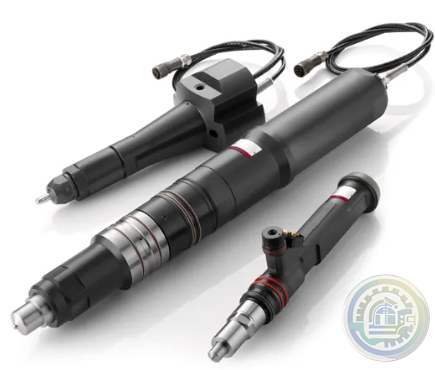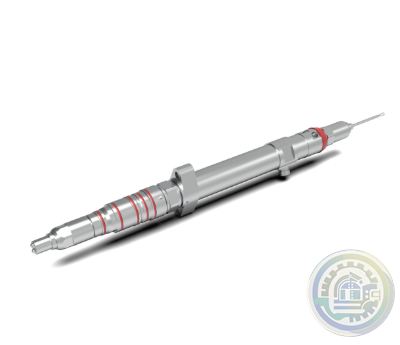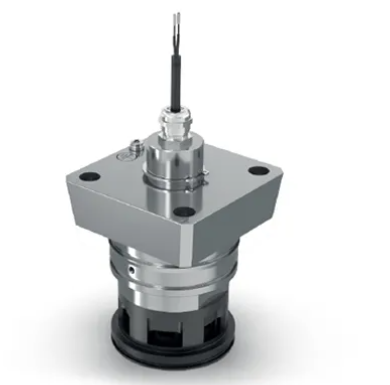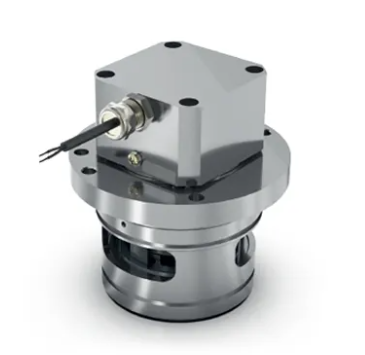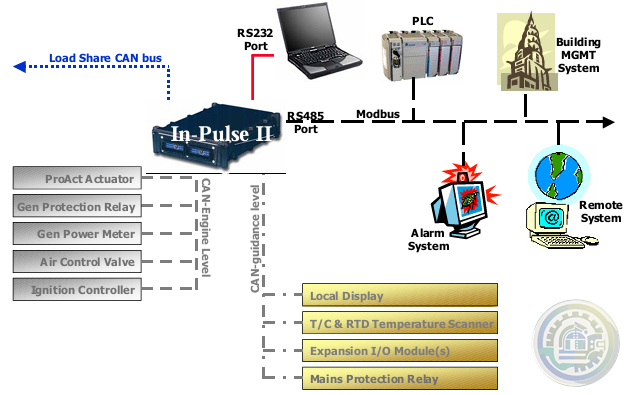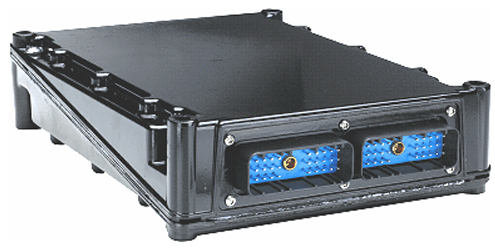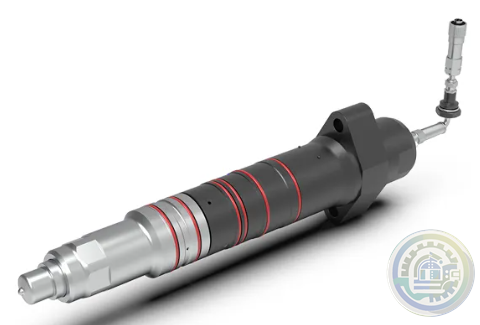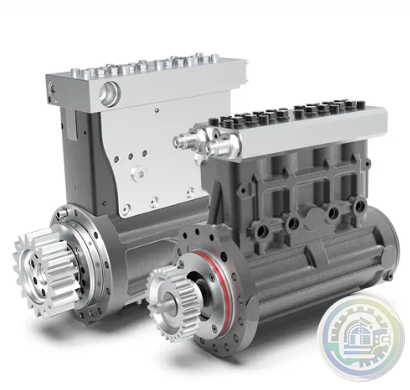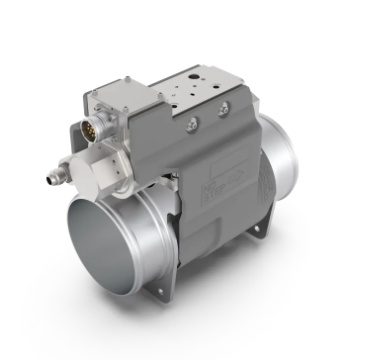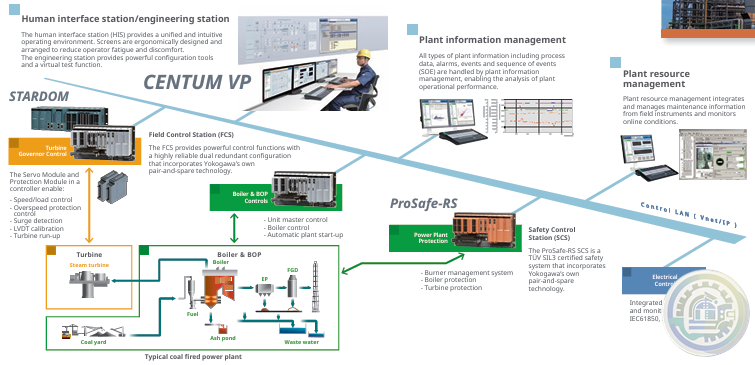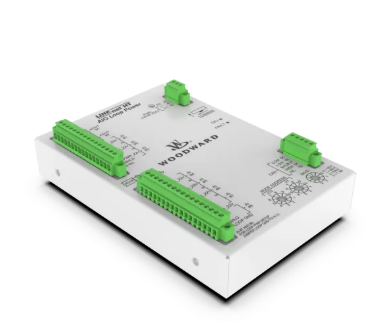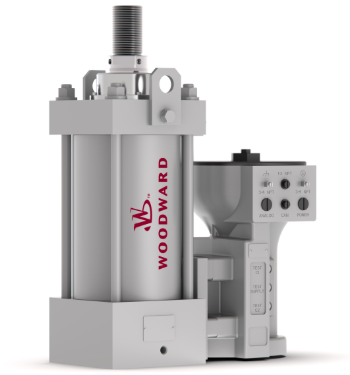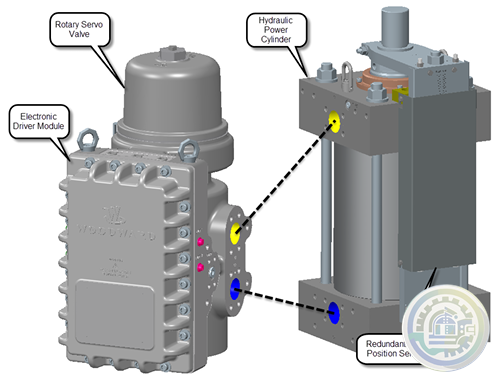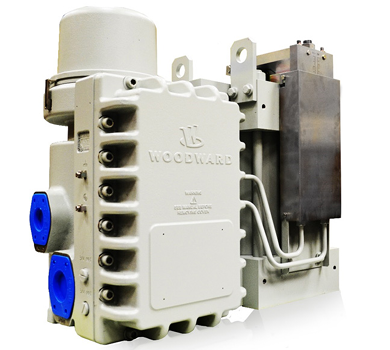-
Deif Du-2 / Mkiii Multil neas Ppm Protecci n Y Gesti n de Energ a 100-690vac
-
DEIF AGC 222 & IOM 220 advanced genset controller
-
Deif Delomatic 4 DGU 0005 Generator Control System PCM 4-1, IOM 4-1, SCM 4-2
-
DEIF PPM-3-DG PROTECTION AND POWER MANAGEMENT MEAS.VOLTAGE:100-690VAC, 0.5MA
-
DEIF AGC Plant Management (Genset Controller) 100132445.10
-
DEIF DC Power Supply, DPS-1
-
DEIF MVR-F215 Directional Feeder Protection
-
DEIF MVR-F215 Product description
-
DEIF MVR-F210 feeder protection relay Protection Functions
-
DEIF MVR-F210 Feeder Protection
-
DEIF PPM 300 Shaft generator controller
-
DEIF MVR-F205 Directional Feeder Protection
-
DEIF Protection & power management PPM 300 Features
-
DEIF PPM 300 Protection & power management
-
DEIF The series of switch mode power supplies
-
DEIF The RMC-142D is CE-marked and is applied for protection of voltage sources
-
DEIF RMC-142D Current relay
-
DEIF The GPU-3 Hydro is well-suited for PLC-controlled systems
-
DEIF GPU-3 hydro Generator protection unit
-
DEIF MVR-200 series Medium Voltage Relay
-
DEIF RMC-131D Current relay
-
DEIF MDR-2 Multi-differential relay
-
IR-TEC PPU-300 Power Pack & Controller
-
Streamline power transfer with DEIF's AGC 150 ATS controller
-
DEIF AGC 150 ATS: Advanced Generator Transfer Switch for Seamless Power Management
-
DEIF DVC 550 Automatic voltage control
-
DEIF Optimize Your Power Systems with DEIF's DVC 550
-
DEIF DVC 350 Digital automatic voltage regulator (AVR)
-
DEIF Advanced Features of DVC 350 Digital Automatic Voltage Regulator
-
DEIF Digital Voltage Controller DVC 550
-
Watlow EPower™ Controller Revolutionary modularity and configurability to meet your needs
-
Watlow Eurotherm® EPower™ Controller
-
Watlow Eurotherm A standardized upgrade solution
-
Watlow Eurotherm Cost efficiency for electric furnaces
-
Watlow Eurotherm Energy efficiency for electric heat treatment furnaces
-
Watlow Solid State Relays (SSR)
-
Watlow DIN-A-MITE® D silicon controlled rectifier (SCR) power controller
-
Watlow DIN-A-MITE® C silicon controlled rectifier (SCR) power controller
-
Watlow DIN-A-MITE® B Power Controller
-
Watlow DIN-A-MITE® A Power Switching Devices
-
Watlow ASPYRE® AT Power Controllers
-
Watlow ASPYRE® DT SCR Power Controllers
-
Watlow PM PLUS™ Controller Features and Benefits
-
Watlow PM PLUS™ Controller
-
Watlow ASPYRE To Elevate Your System
-
Watlow ASPYRE® DT Power Controllers
-
Honeywell MICRO SWITCH Premium Subminiature Basic Switches
-
HIMA SILworX API (application programming interface)
-
HIMA Automated testing with SILworX Smart Safety Test
-
HIMA SILworX The world’s most advanced safety application manager
-
Eaton CODESYS software
-
Eaton CODESYS version 3 Integrated fieldbus configuration
-
Eaton XI/ON I/O system
-
Eaton XN300 modules High modularity with a small footprint
-
Eaton XN300 I/O system
-
Eaton The XC300 modular PLC: Powerful communication
-
Eaton The three device variants of the XC300 Comprehensive functions and interfaces
-
Eaton XC300 modular programmable logic controllers
-
Eaton XC150 compact programmable logic controllers
-
Eaton XC100/200 modular programmable logic controllers
-
Eaton Multi-Function Display MFD-Titan
-
Eaton Legacy Easy programmable relays
-
Eaton easySafety Safety for people and machines
-
Eaton easySafety programmable safety relays
-
Eaton easyE4 programmable relays
-
Eaton easyE4 nano programmable logic controllers
-
Eaton COOPER POWER SERIES DirectConnect elbow arrester
-
Bently Nevada IEPE Accelerometer Series
-
Bently Nevada Velocity Sensors & Accelerometers
-
Bently Nevada ADRE - Data Acquisition & Machine Diagnostics System
-
Bently Nevada 3701/55 Emergency Shutdown Device
-
Bently Nevada Asset Condition Monitoring
-
Bently Nevada 3500 Machinery Protection Systems
-
Bently Nevada ADAPT ESD Relay Module
-
Bently Nevada Typical (and recommended) applications of the ADAPT ESD
-
Bently Nevada 3701/55 ADAPT (ESD) Emergency Shutdown Device
-
Bently Nevada Online Condition Monitoring Systems
-
Bently Nevada Trendmaster Online Condition Monitoring System
-
Bently Nevada Orbit Distributed Condition Monitoring
-
HIMA The HIJunctionBox is part of the Smart Safety Platform
-
HIMA HIJunctionBox Straightforward Safety
-
HIMA Planar4 Where Ultimate Safety Counts
-
HIMA HIQuad Lifecycle & Modernization
-
HIMA HIQuad X A New Dimension of Performance for Your Safety System
-
HIMA Communication Features of HIQuad X
-
HIMA Flexible SIL 4 Controllers SYSTEM FOR THE RAIL INDUSTRY
-
HIMA HIMatrix SYSTEMS Uniquely Fast, Uniquely Flexible
-
HIMA F35 HIMatrix Safety-Related Controller
-
HIMA HIMax Flexible Safety for Maximum Profitability
-
HIMA X-COM 01 Communication Module
-
HIMA X-DI 64 01 Digital Input Module
-
Woodward Oil Management
-
Woodward SonicFlo™ Gas Fuel Control Valve With Electric Trip
-
Woodward SonicFlo™ Gas Triple Coil Electrohydraulic Servo Valve Assembly
-
Woodward SonicFlo™ Gas Valves Hydraulically Actuated
-
Woodward Discrete Output for Driver Status Indication
-
Woodward PWM Input for Position Demand
-
Woodward The Swift valve is a sonic flow-metering valve
-
Woodward Swift™ Gas Metering System
-
Woodward LQ6 Liquid Fuel Valve with On‐board Driver
-
Woodward Fuel Metering System Integration Capabilities
-
Woodward DLE/DLN for Aeroderivative Turbine Platforms
-
Woodward Fuel Metering Systems
-
Woodward PG-07 controls Sequential spark ignition
-
Woodward PG-07 CONTROL SYSTEM FEATURES
- Glassman
- Johnson Controls
- Studer
- Watlow
- AEG
- ADVANCED
- KEBA
- Bristol Babcock
- Rolls-Royce
- Aerotech
- APPLIED MATERIALS
- Basler
- SAACKE
- BENDER
- Kollmorgen
- MEGGITT
- METSO
- MITSUBISHI
- MTL
- HIMA
- Siemens
- BACHMANN
- AMAT
- DEIF
- DELTATAU
- EATON
- ELAU
- LAM
- SCHNEIDER
- Advantest
- ABB
- GE
- Emerson
- Motorola
- A-B
- KUKA
- Abaco
- HITACHI
- SST
- Vibro-Meter
- Rexroth
- Prosoft
- DFI
- Scanlab
- Reliance
- Parker
- Woodward
- MOOG
- NI
- FOXBORO
- Triconex
- Bently
- ALSTOM
- YOKOGAWA
- B&R
- UNIOP
- KONGSBERG
- Honeywell
- Omron
- CTI
- EPRO
- Tell:+86-18144100983
- email:kongjiangauto@163.com
- Application:wind/ petroleum/ chemical/ natural gas/ Marine/ mining/ aviation/ electronics/ steel/ nuclear power/ electric power/ coking/ air separation and so on
- Series:PLC/ DCS/ servo/ analog/ Ethernet/ digital/ redundant module/ tension system/ excitation/ generator management/ human-machine interface/ detection card/ sensor/ AC drive/ etc
Features of the Temperature Control Module
The 1746–BTM module provides:
• 4 independent temperature control loops
• autotune PID loops (one loop or any combination of loops can be autotuned while other loops are running)
• a unique start–up algorithm to minimize overshoot
• an isolated thermocouple (J and K) input for each PID loop
• 16–bit analog–to–digital converter resolution (0.1° resolution)
• a heat CV signal (for each PID loop) as a numeric % value
• a cool CV signal (for each PID loop) as a numeric % value
• a heat CV signal (for each PID loop) as a TPO bit
• a cool CV signal (for each PID loop) as a TPO bit
• temperature values in C ° or F °
• self–calibration (external reference required)
• user–selectable high and low alarms with dead band for hysteresis
• input open–circuit detection

In this example:
• the controllers produce and consume tags amongst themselves.
• the controllers initiate MSG instructions that send and receive data or configure devices.
• the personal computer uploads or downloads projects to the controllers.
• the personal computer configures devices on an EtherNet/IP network.

EtherNet/IP Network Communication
The EtherNet/IP network offers a full suite of control, configuration and data
collection services by layering the Common Industrial Protocol (CIP) over the
standard Internet protocols, such as TCP/IP and UDP. This combination of
well-accepted standards provides the capability required to both support
information data exchange and control applications.
The EtherNet/IP network also uses commercial, off-the-shelf Ethernet
components and physical media, providing you with a cost-effective plant-floor solution.
For EtherNet/IP communication, you can use these CompactLogix controllers with a built-in EtherNet/IP communication port:
• 1769-L32E CompactLogix controller
• 1769-L35E CompactLogix controller

Temperature Control Using a BTM Module in an SLC System
The temperature control module is an intelligent I/O module that can
provide a maximum of 4 PID loops for temperature control.
The module has 4 analog thermocouple (TC) inputs. Each analog input functions as the process variable (PV) for a PID loop.
The PID algorithm and tuning–assisted–process (TAP) algorithm are performed on the module for each of the loops.
The control–variable (CV) output of each loop, either analog output or time–proportioned output (TPO), is sent from the module to the SLC data table.
Your application ladder logic must access the CV value in the data table and send the analog or TPO data to an output module to close the loop.
Use the ControlFLASH Utility to Load Firmware
You can use the ControlFLASH utility to load firmware through a serial connection.
1. Make sure the appropriate network connection is made before starting.
2. Start the ControlFLASH utility.
3. When the Welcome dialog box appears, click Next.
4. Choose the catalog number of the controller and click Next.
5. Expand the network until you see the controller.
6. If the required network is not shown, first configure a driver for the network in RSLinx software.
7. Choose the controller and click OK.
8. Choose the revision level to which you want to update the controller and click Next.
9. To start the update of the controller, click Finish and then click Yes.
10. After the controller is updated, the status dialog box displays Update complete.
11. Click OK.
12. To close the ControlFLASH utility, click Cancel and then click Yes.
The ControlNet network is highly deterministic and repeatable and remains unaffected as devices are connected or disconnected from the network.
| 1746-OB16E module Rockwell SLC 16-point digital output control | 1746-NI4 Module Rockwell SLC 4-point Modular Quantity Control |
| 1746-OB32 module Rockwell SLC 32-point digital output control | 1746-NI8 module Rockwell SLC 8-point module quantity control |
| 1746-OB32E module Rockwell SLC 32-point digital output control | 1746-NIO4I module Rockwell SLC 4-point digital combination control |
| 1746-OB6EI module Rockwell SLC 32-point digital output control | 1746-NIO4V module Rockwell SLC 4-point digital combination control |
| 1746-OB8 module Rockwell SLC 8 digital output control | 1746-NO4I module Rockwell SLC 4 analog output control |
| 1746-OBP16 module Rockwell SLC 16-point digital output control | 1746-NO4V module Rockwell SLC 4 analog output control |
| 1746-OBP8 module Rockwell SLC 8 digital output control | 1746-NO8I module Rockwell SLC 8 analog output control |
| 1746-OG16 module Rockwell SLC 16-point digital output control | 1746-NO8V module Rockwell SLC 8 analog output control |
| 1746-OV16 module Rockwell SLC 16-point digital output control | 1746-NR4 Module Rockwell SLC 4 Input Control |
| 1746-OV32 module Rockwell SLC 32-point digital output control | 1746-NR8 Module Rockwell SLC 8 Input Control |
| 1746-OV8 module Rockwell SLC 8-point digital output control | 1746-NRC Module Rockwell SLC Junction Box |
| 1746-OVP16 module Rockwell SLC 16-point digital output control | 1746-NT4 Module Rockwell SLC 4 Input Control |
| 1746-OW16 module Rockwell SLC 16-point digital output control | 1746-NT8 module Rockwell SLC 8 digital inputs |
| 1746-OW4 module Rockwell SLC 4-point digital output control | 1746-OA16 module Rockwell SLC 16-point digital output control |
| 1746-OW8 module Rockwell SLC 8-point digital output control | 1746-OA8 module Rockwell SLC 8-point digital output control |
| 1746-OX8 module Rockwell SLC 8 digital output control | 1746-OAP12 module Rockwell SLC 12-point digital output control |
| 1746-P1 Module Rockwell SLC Rack Power Rating | 1746-OB16 module Rockwell SLC 16-point digital output control |
| User name | Member Level | Quantity | Specification | Purchase Date |
|---|


Please do not listen to the advice of non-professional engineers! Cause equipment damage!


wechat/whatsapp:
Email: kongjiangauto@163.com
-
GE LP-33 SERIES UPS DISPLAY & CONTROL PANEL LP33
-
GE CL06A300M IEC Contactor (50 Amp)
-
GE CR2962F2D Plugging Switch NIB
-
General Electric IC500A411DG2 Electrical Rectifier Semiconductor
-
GE IS200BICLH1AFE Interface Module 259B2431DB-G01 BICLH1A
Copyright © 2009 - 2024 Cld , All Rights Reserved K-JIANG All rights reserved














